For more than 50 years, Hydrogen piping and pipeline systems have been in use. There are several hundred miles of hydrogen pipelines that are laid to transport hydrogen to serve as fuel. Even though Hydrogen is so highly flammable, there are no reports of injuries because of hydrogen pipelines. In this article, we will explore more about hydrogen piping and pipeline systems.
Hydrogen is a non-toxic, odorless gas that is highly flammable and around 14 times lighter than air. They leak very easily and so special care must be exercised for the design of mechanical joints. As the flame of hydrogen is invisible in the daylight, it is very hard to detect and extinguish hydrogen fires.
Codes and Standards for Hydrogen Piping and Pipeline System
The governing code and standard for hydrogen piping and pipelines are ASME B31.12. ASME B31.12 code provides information about hydrogen pipes and pipelines in four parts. The 1st part is General requirements known as Part GR. The 2nd part of the ASME B31.12 code provides information about Industrial hydrogen piping systems. This section elaborates on the design code requirements, design conditions, pressure design criteria, and equations for piping components, Flexibility, and support requirements, Service requirements for piping components and joints, fabrication, erection, inspection, testing, and assembly requirements. 3rd part provides guidelines for hydrogen pipelines. This section details pipeline system components, fabrication details, design, installation, and testing requirements. The final part of ASME B31.12 is the Appendices part which covers 9 mandatory and 7 non-mandatory appendices. All required figures and tables are also provided in this section. So, all the design, inspection, testing, fabrication, and construction requirements are properly provided for both hydrogen piping as well as hydrogen pipeline systems.
The hydrogen pipes and pipelines code was first introduced in the year 2008 and the latest edition is the 2019 edition. Prior to the release of the ASME B31.12 code, ASME B31.3 was used for Hydrogen Piping and ASME B31.8 for Hydrogen pipeline transportation systems.
Differences between ASME B31.3 and ASME B31.12
The majority of the sections of ASME B31.12 are identical to the sections of ASME B31.3. However, there are some significant differences. Some of the differences between ASME B31.12 and ASME B31.3 are listed below:
Code Application:
The major difference between ASME B31.3 and ASME B31.12 is in their application. ASME B31.3 is applicable for a range of process fluids whereas ASME B31.12 only provides guidance regarding only hydrogen piping and pipeline systems.
Pressure Design Thickness Calculation:
The equation for pressure design thickness is approximately similar in both codes. However, the weld joint strength reduction factor, W of ASME B31.3 is replaced by a performance factor Mf in ASME B31.12. This Mf addresses the loss of material ductility in hydrogen services. So, the calculated thickness for Hydrogen piping for a specified design temperature and pressure will be more than the process piping requirements.
Allowable Displacement Stress Range:
The allowable displacement stress range calculation in B31.12 also addresses hydrogen embrittlement of carbon and low alloy steels by increasing the actual full displacement cycles by a factor of 10 when designed below 150ºC (300ºF).
Branch Connection Requirements:
ASME B31.12 requires a full weld joint penetration for stub-on and stub-in branches. The code also prohibits the use of piping joints associated with materials not permitted by B31.12 including caulked, soldered, bell and gland, and plastic joints although it does permit threaded and tubing joints.
Materials:
There are some differences in material manufacturing requirements. For example, in ASME B31.12, DSS is an unlisted material. Also, the code guides to avoid the use of nickel-based alloys.
NDE requirement:
B31.12 requires that radiography (RT) or ultrasonic testing (UT) be performed after the post-weld heat treatment (PWHT) for low alloy steels.
The NDE requirement in the ASME B31.12 code is more as compared to ASME B31.3 which increases the cost. Also, the ASME B31.12 NDE requirements are much more stringent.
Welding Requirements:
In B31.12, an 80ºC (175ºF) preheat is mandatory for carbon steel of any thickness.
So, all these above requirements mainly increase the cost of Hydrogen piping systems by a large amount as compared to normal process piping.
Common Materials for Hydrogen Piping and Pipelines
Common materials used for Hydrogen piping systems are:
- High-purity stainless steel with a Hardness of less than 80 HRB
- Composite pipes like PFA, PTFE, FRP, FEP, MFA, etc
- 300 series austenitic stainless steels that meet the temperature limits of ASME B31.12 are used for liquid and gaseous hydrogen product piping, tubing, valves, and fittings.
- Carbon steel can be used for gaseous hydrogen product piping.
- The suitability of using carbon or low-alloy steel must be evaluated using the “Nelson charts” in American Petroleum Institute (API) RP 941 for high-temperature applications,
- Seamless pipes and tubes are preferred for hydrogen piping systems.
Typical Guidelines for Hydrogen Piping System
In general, Single wall piping is used for gaseous hydrogen service Vacuum-insulated piping is used for liquid hydrogen service. The following considerations are usually followed during Hydrogen pipe system design:
- System isolation during maintenance
- Depressurization for maintenance
- Purging of the system with an inert gas before maintenance.
Piping and other piping components are decided based on the temperature and pressure of the hydrogen service. the potential for leaks, mechanical strength, material, and fire safety acceptability will dictate the selection of piping joints.
All electrical equipment and electrical grounding apparatus shall comply with NFPA 70
Before being placed in hydrogen service, the hydrogen piping systems should be cleaned thoroughly. The cleaning procedure selected shall be suitable for the type of contaminant and shall provide the level of cleanliness required by the application. Hydrogen pipe installation must be done in accordance with ASME B31.12 and local, state, and national codes.
The design must minimize the potential for leaks and allow for easy detection. The following guidelines can be followed:
- Use welded joints where possible to minimize leakage.
- For leak checking, access to joints and fittings must be provided.
- Chances of contact with cold surfaces, head impact, tripping hazards, etc. shall be minimized.
- Properly sized pressure relief devices must be provided.
- Properly labeled shutoff valves must be provided at safe locations.
- The piping system must be labeled to indicate content and flow direction.
Hydrogen Pipelines
To transport the hydrogen from the production point to the delivery point, Hydrogen pipeline transport is used. High Strength Line pipes and FRP pipes are usually preferred for transporting hydrogen through pipelines.

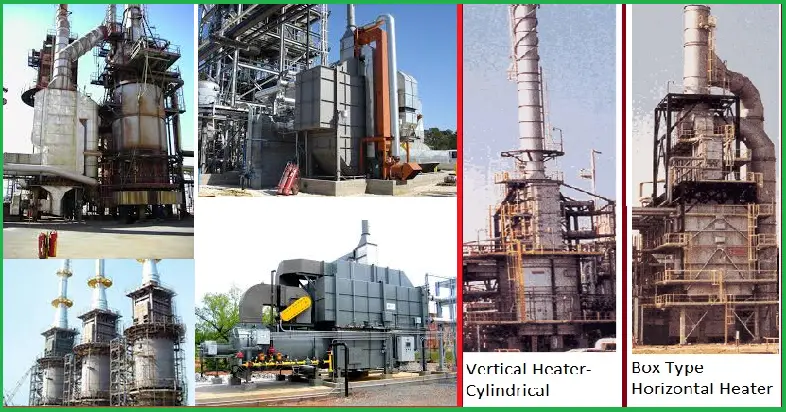
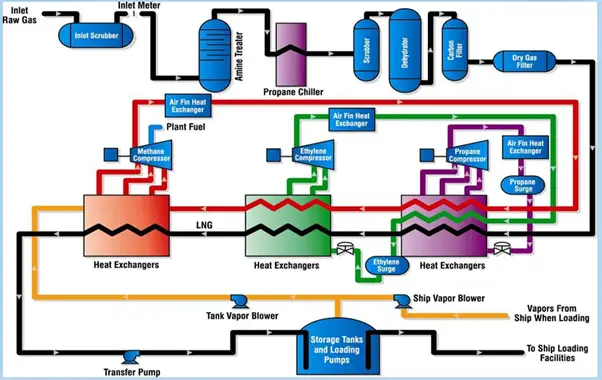
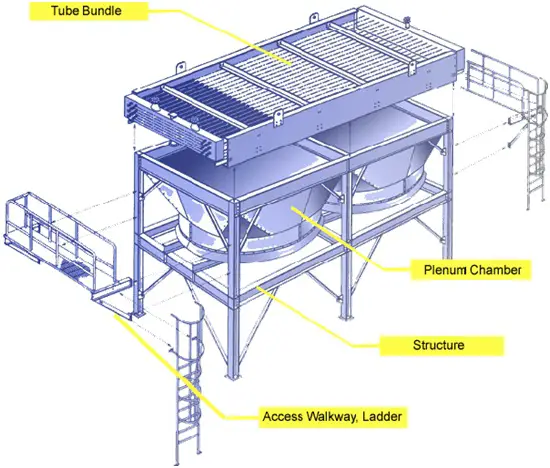
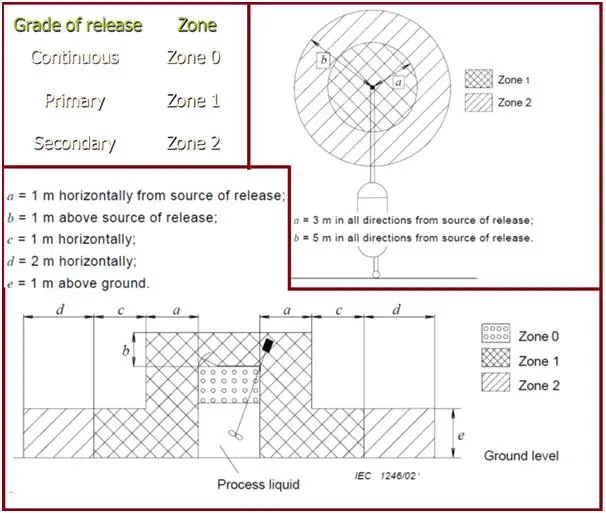
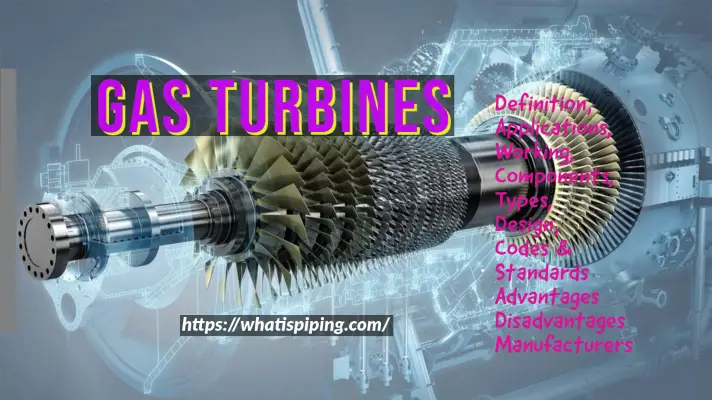

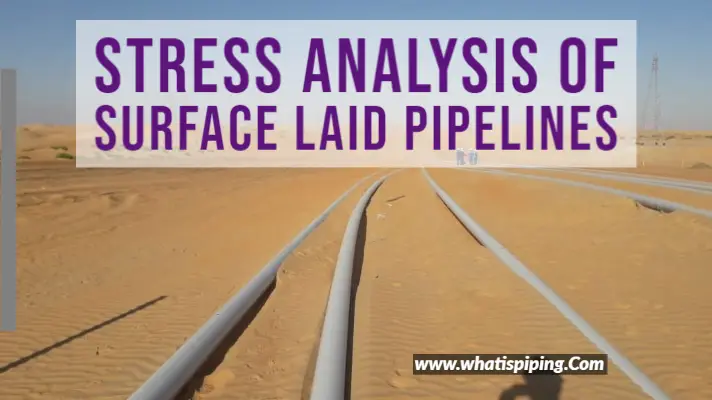

I am now starting to design a hydrogen piping system for a fuel cell application and your explanations are truly clear and precise.
Thanks for the effort of sharing
Dear Sir: I am a mechanical engineer registered in Alberta, Canada as a professional engineer. I read your articles whenever working on the piping.
I am working on a presentation on the “Hot Tapping & Plugging in the Hydrocarbon Processing Industry”.
A question often asked is what are the precautions needed for hot-tapping of piping/pipelines handling Hydrogen? I find most of the refineries still follow B31.3 and not B31.12 for hydrogen services due to various reasons. They never switched over to B31.12 when it was first published in 2008, not running 4th edition.
What are your considered views?
Regards.
Dear Anup, thanks for share the information and your time dedidated, it’s very usefull the information.
What about the use of couplings for Hydrogen piping?
Good information. Sir I need your help. I am working in renewable energy company. Currently many green hydrogen production tender are coming from GSFCL, BORL, NRL etc. I has been assigned to list down all piping related standard, regulations , specifications etc. can you please help me how to proceed for this work.
Thank you!
Dear Anup,
What considerations are there for choosing between steel or flexible fiber reinforced polymer for piping hydrogen under 2500 psi with ASME B31.12?
We are a PTFE/PFA lined pipes and fittings manufacturer and supplier for green hydrogen projects
We would like to engage in such projects
can we laydown hydrogen pipeline under ground
Anup da, thanks as always, nice and lucid differentiation.
Target is to make B31.12 calculations in Caesar II for now with B31.3 code selected and to make logical changes in the CFG/Special execution parameters/static load cases etc.
I will get back to you personally if I need any advice.
Dear Anup, this has been a very interesting article thank you.
I am an AS 1796 welding Supervisor. my question if you can help me, is which part of the code relates to welding? all I can see is welding is to ASME IX.
is there any other books or literature I can possibly purchase related to Hydrogen pipe welding?
Dennis
For domestic use for cooking etc as a mix of LNG and GH(10%) can one use a lower grade of SS piping and what specification would that be.